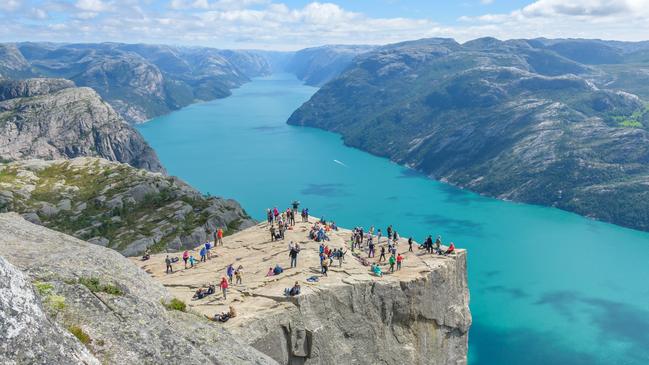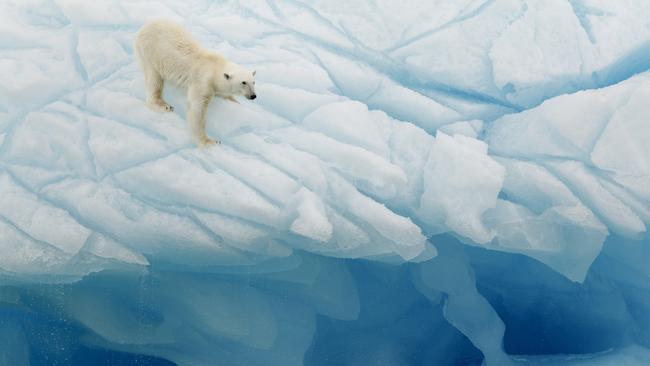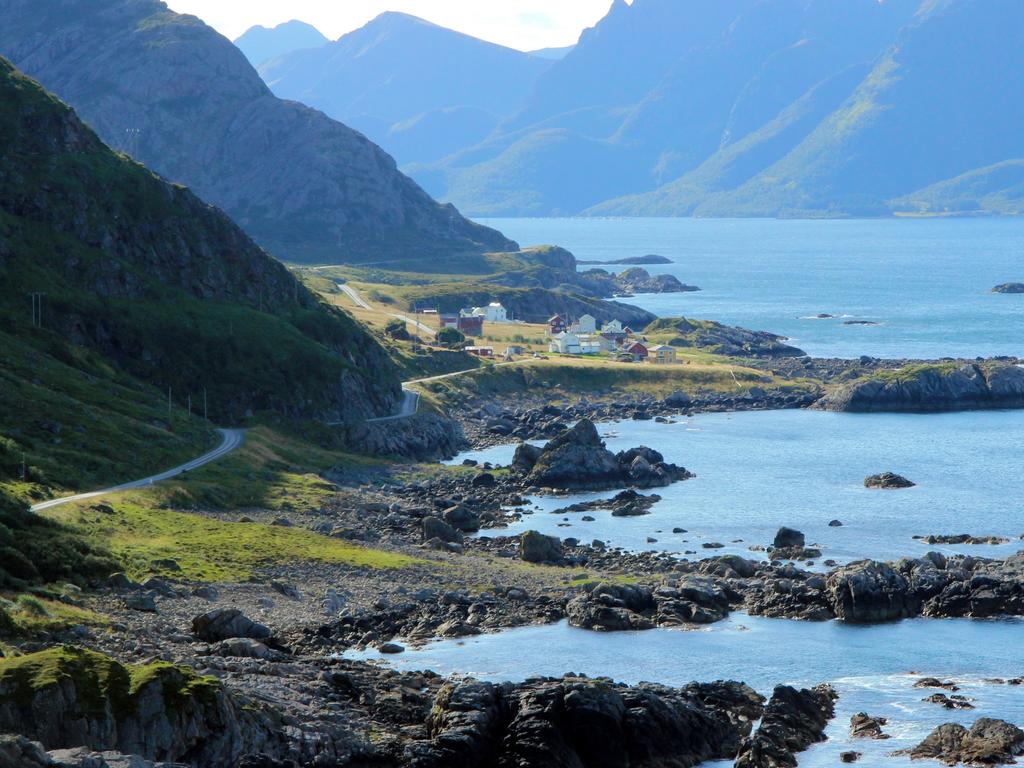Norway tackles overtourism and cruise ships to protect fjords, glaciers
Not wanting to repeat the mistakes of Venice and Amsterdam, this increasingly popular destination is laying down the law.

Norway is facing a dilemma. Its vast reserves of natural beauty, with their promise of the northern lights, combined with its weakened krone, are drawing increasing numbers of tourists to its shores. The Lofotens, a gorgeous cluster of islands off the northwest coast, experienced a reported 15 per cent surge in visitors in 2022-23. And while its citizens might welcome the money this growing interest in their country brings (representing almost 4 per cent of GDP), tourism presents a threat to something at the heart of the Norwegian psyche – a deep reverence
for nature.
Norwegians learn from an early age the importance of “friluftslivet”, or outdoor life. In fact, the country’s laws enshrine their “right to roam” via “allemannsretten”, allowing them to camp, hike, swim and ski virtually anywhere in the wild, regardless of who owns the land.
Last month, government bosses scrapped a planned tourism campaign that promoted the country as a destination for nature lovers. Wary of what has gone down in the likes of Venice, Amsterdam and Barcelona, they decided not to put out the welcome mat, opting instead to protect its vulnerable environments. These include Pulpit Rock (pictured), the precipitous outcrop above Lysefjord that appears to be in danger of being Instagrammed to death.

As Bente Lier, general secretary of recreation group Norsk Frilufstliv, told Britain’s Daily Express: “We cannot invite 30 guests if the table is set for four. It is important to know that with allemannsretten or roaming rights also comes the obligation to show respect to nature.
“In short: we shall not leave any trace. This is something we learn in Norway when we are children – from family or at school – but it is not that obvious to many international tourists.”
The campaign’s cancellation is not the first time Norwegian authorities have demonstrated a cautious approach to tourism. A few years ago, the country declared that from 2026, only zero-emissions boats and ships would be allowed to sail in its UNESCO World Heritage-listed fjords, including Geirangerfjord and Naeroyfjord. In August, that ruling was relaxed, with the deadline extended to 2032 for large ships (tourist boats and ferries still have to comply by the original date).
Svalbard, a remote Norwegian territory that’s home to 3000 polar bears, has implemented tough new restrictions on the cruise industry. Only ships carrying a maximum 200 passengers are allowed to visit the islands, and the number of places guests can go ashore has been drastically reduced.
Norway’s stance on tourism shows admirable restraint. By not pursuing tourist dollars at any cost, applying the brakes and considering the road ahead, the unique character of places such as the Vesteralen archipelago can be preserved.
If you love to travel, sign up to our free weekly Travel + Luxury newsletter here.





To join the conversation, please log in. Don't have an account? Register
Join the conversation, you are commenting as Logout